A lot is at stake in Thailand’s national elections, to be held on March 24. The first since the last elected government was thrown out in a 2014 coup, they are widely seen as an opportunity for a fresh start after a “lost decade” of squabbling by political elites over the right to rule.
The elections are also the first under a new monarch, whose coronation will be held in early May. But at issue is not simply elite interest groups seeking a recalibrated “balance” under a new king, as often portrayed in local circles. The legitimacy of new political arrangements will be put to a test, while a decade of poorly-attended economic and social issues will require more innovative policies than we’ve seen in the past.
On the ballot are 500 seats of the reconstituted lower house of Parliament. The leading parties contending the poll include:
Phuea Thai: The rebranded party of former Prime Minister Thaksin Shinawatra, the brash billionaire who more than anyone else has embodied an existential threat to the military-bureaucratic elite. Seen as a closet republican who was too corrupt for even Thai sensibilities, Thaksin was overthrown in a 2006 coup and has lived in self-imposed exile ever since. His political parties have won every election since 2001, but in all instances were deposed by the military or disqualified by the courts. Charges of extreme corruption under Thaksin were usually not without substance—his last government, led by younger sister Yingluck, was overthrown in 2014 after losing $8 billion running a horribly abused scheme to subsidize rice prices. But Phuea Thai remains popular in the North and Northeast and is expected to sweep those regions once again.
Palang Pracha Rath: This is a new party set up by the army, with 2014 coup leader General Prayuth Chan-o-cha as its candidate for prime minister. They’ve had the obvious advantage of an unfair early start—Thailand’s leader since 2014, Prayuth has had time to woo hearts and minds while until recently, all of the other candidates were under the gag orders imposed by the ruling junta.
The Democrats: As the leaders of past governments, they remain strong in Thailand’s south but face competition from Prayuth’s party in the capital city Bangkok, their traditional stronghold, and from a number of new entrants appealing to younger voters. Importantly, fully one-seventh of the voting population will be visiting the ballot box for the first time.
It is widely understood that the purpose of the 2014 coup and extended junta rule has been to root out the influence of Thaksin and his whole cabal, and secondly to create a modified electoral order that prevents any one civilian party from gaining so much power ever again. Critics see this as a brazen attempt by the military to claw back rent-seeking privileges and secure an imperishable role in Thailand’s political system. The election results will tell us if this whole effort has earned any legitimacy or if things will revert to pre-2014 conflict dynamics and extend the lost decade even further. There is cause to think Thailand will choose to move forward, though the elections are truly up for grabs.
New rules will impact outcomes
Changes to the 2017 constitution will help determine how these forces play out. The first is that the 250 seats of the upper house—the Senate—will be appointed by the military, versus a broader appointment process in the past. The second is that both the House and the Senate will vote on selecting the new prime minister, meaning it’s improbable that he or she could be someone the military doesn’t like.
The third provision relates to selection of the so-called “party list” members of Parliament (MPs). The lower House will consist of 350 elected representatives and 150 “party list” members. The new rules will divide the 150 party list seats according to the proportional vote outcome, versus before when voters selected both an MP and their favorite party. The implication is that many smaller parties will gain representation through party list allocations, raising the prospect of a fragmented parliament where no one party will win a clear majority.
Herein lies the significance of the March 8 dissolution of the Raksa Chart Party, a smaller party aligned with Phuea Thai. Raksa Chart was ruled to have broken election protocols by attempting to involve a royal family member as its candidate for prime minister. The party was expected to win up to 50 of the 350 seats. With Phuea Thai running in only 250 constituencies and facing opponents in the Senate, it needed Raksa Chart as a coalition partner to give it a strong enough shot at forming a government.
Raksa Chart’s dismemberment probably draws the curtains on Phuea Thai’s hopes in this round, as its path to power now requires it to win nearly all of their 250 constituencies. This means that the next government most likely will be determined by how many votes are won by the Democrats and by Palang Pracha Rath.
The lasting impacts
The aftermath of the elections will be significant in at least three aspects.
1The future of civilian government: The first is whether the military would accept a new prime minister or insist on Prayuth. This all depends on the vote tally. If the Democrats beat Palang Pracha Rath at the polls, they will have leverage as a coalition partner; without the Dems, Pracha Rath would face running a potentially unstable minority government. The next issue is how much civilian oversight the military would allow. Through the Senate and Pracha Rath, military affairs will remain under their control. Whether they turn over all other affairs to the rest of the politicians is subject to the vote outcome and negotiation. Forming a new government will probably take until after the royal coronation in early May, which leaves plenty of time for military interests to maneuver in the background. Civilians will need to work with them to make any new government function.
2Legitimacy of the outcome: The second thing is simply whether the voting public accepts the outcome. It’s very likely that Thaksin’s Phuea Thai party will win the largest number of seats but be excluded from a new government. Would Phuea Thai voters take to the streets, as they did in 2010, if they perceive their party is somehow robbed of its right to lead? There is likely to be little patience for protests at this moment, even from closet urban liberals. However imperfect, the post-election process will be driven by the provisions of the new constitution, which was approved in a 2017 national referendum widely seen as credible and clean. Most Thais will probably feel it’s time to move on. And although lots of people think that Prayuth and his junta have ruled for too long without an election, many voters like the peace and quiet the junta is deemed to have provided. Cynics, however, point out that street protests wouldn’t be allowed anyway—at least until after the royal coronation in early May.
3Winning hearts and minds with economic policy: The third area to watch is one that has suffered most during Thailand’s “lost decade”: economic and social policy. In this respect, Thaksin’s legacy is both palpable and discouraging. In the context of global populism, Thaksin was well ahead of the times. His policies were material and targeted the poorer masses of voters—cheap hospital visits, low-cost phone services, subsidized car purchases, and guaranteed rice prices. These were policy innovations that made Thaksin and his allies look like champions of the people and his rival politicians look off-the-ball and out-of-touch.
Governments in Thailand tend to derive their legitimacy more from what they can deliver than from what they stand for.
The lasting effect is that virtually every party running today has some aspect of populism embedded in its platforms. In 2017 the junta spent $2 billion on its own farm crop subsidies and recently introduced cash handouts of $2.7 billion for low-income earners—signaling “we can do this too.” These programs can help parties build national brand recognition, but they do little to address many current challenges—indigenizing new technologies, bridging a skills gap, overhauling the education system, and fortifying a safety net for the country’s aging demographics.
The ruling junta has earned some credit for producing a few longer-term policies—they’ve introduced a “Thailand 4.0” technology upgrading program, re-invested in large-scale infrastructure, and mapped out a 20-year development plan that is more heavy on human resources and social policy. Its advocates hail it as a strategy for Thailand to escape the “middle income trap.” But whether this can win votes at the ballot box is yet unknown.
Governments in Thailand tend to derive their legitimacy more from what they can deliver than from what they stand for. Today’s requirements probably call for a pragmatic mix of longer-term policy, a bit of populism, and some traditional patronage to earn lasting voter support. The success of that imperfect mix may well determine whether the next government can have an extended run and whether Thailand’s rebooted democracy can gain a more secure footing in the years ahead.

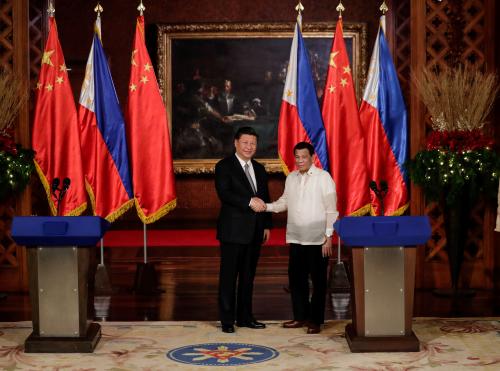
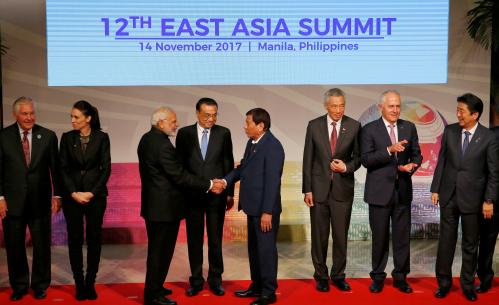
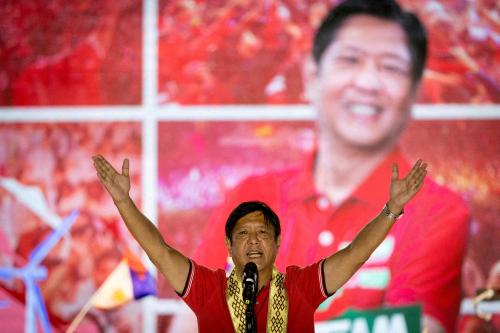
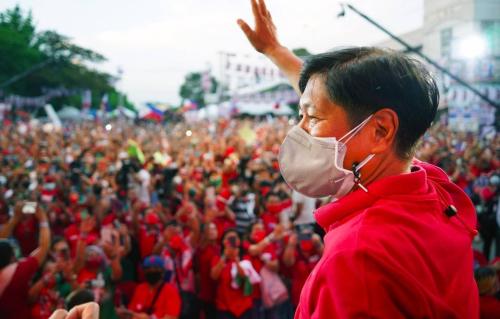
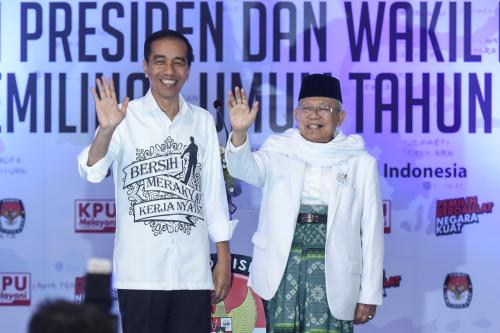
Commentary
Thailand’s elections of the decade
March 13, 2019